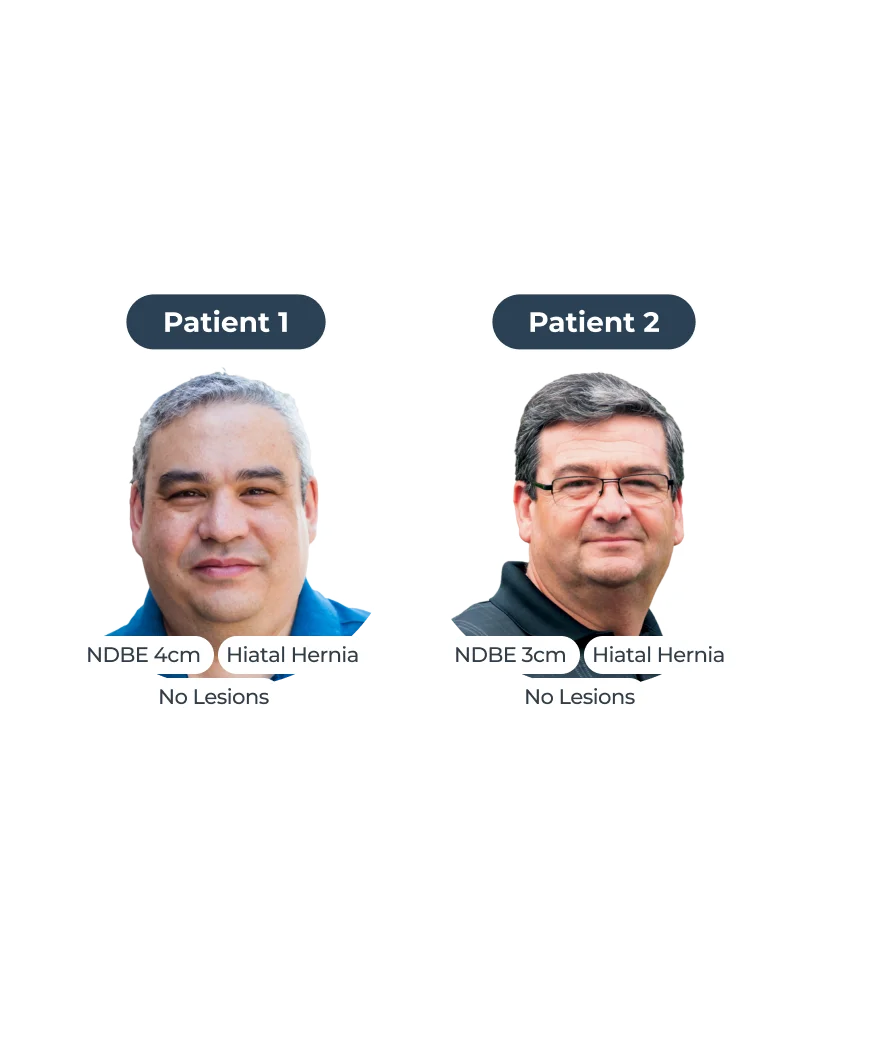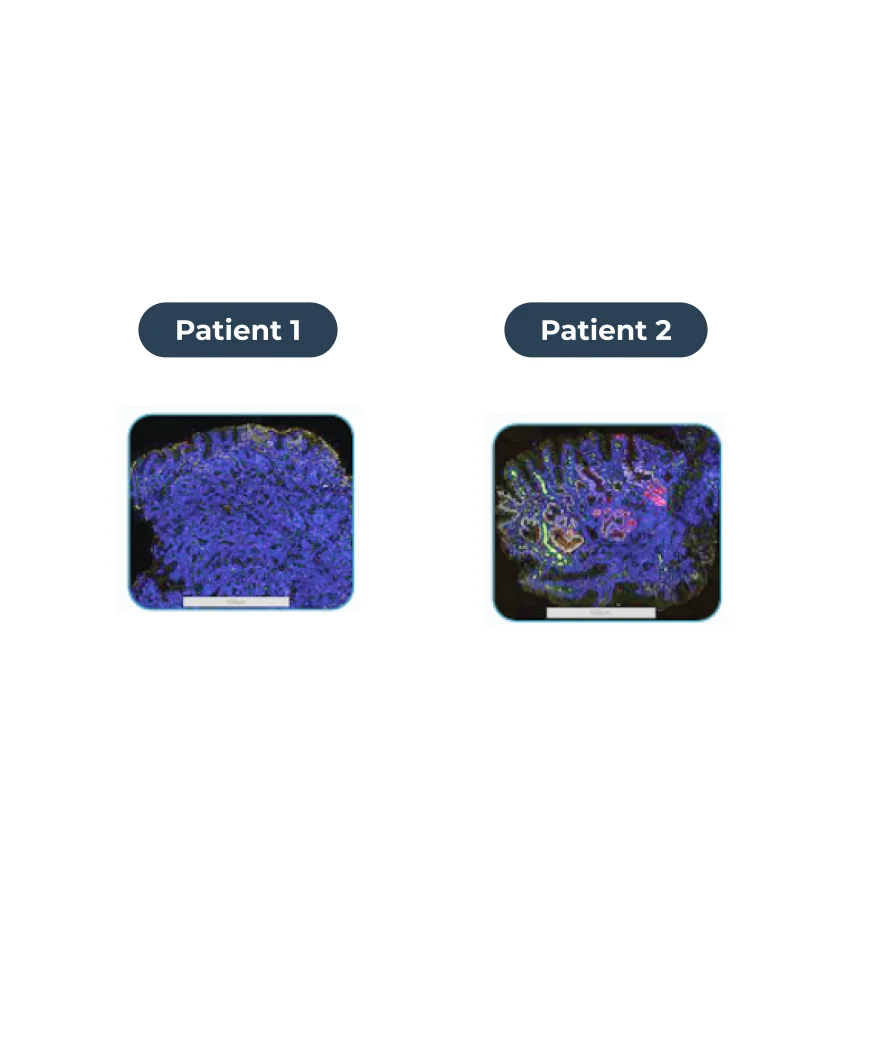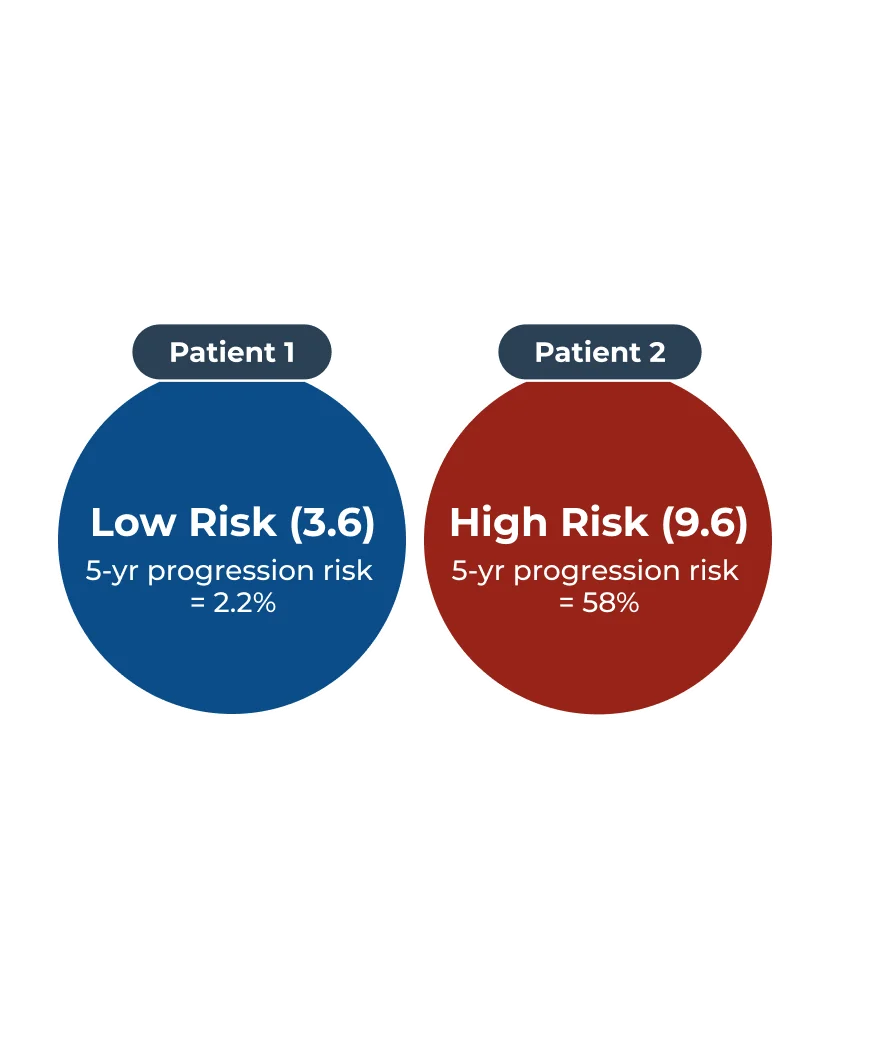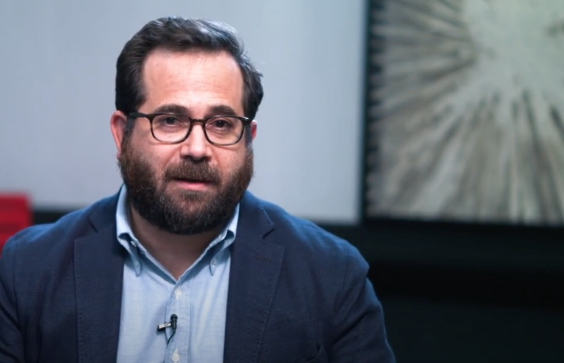progression to Esophageal cancer

The need for an objective test
Barrett’s esophagus (BE) is the only known precursor to esophageal adenocarcinoma (EAC). EAC is one of the fastest increasing cancers in incidence in the US and has a five-year survival rate of 19% (American Cancer Society, 2020). Progression to EAC is preventable if high-risk patients are treated with Endoscopic Eradication Therapy (EET), including ablation therapy, to eliminate the Barrett’s tissue.
Ablation is highly effective, but the challenge is identifying the high-risk patients to treat and the low-risk patients for whom long interval surveillance may be appropriate. TissueCypher’s spatialomics approach overcomes the limitations of pathology and DNA-based biomarkers to provide clinicians with an objective and actionable risk score that accounts for multiple pathways to EAC.
An estimated three million patients with BE in the US are in active surveillance programs, which involve periodic endoscopic surveillance with the goal of detecting malignant progression (dysplasia) at a treatable stage. Of these patients, 89% are considered to be at low risk because they show no signs of dysplasia (Merative™ MarketScan® Databases, 2023). However, an estimated 50 percent of patients who eventually progress to EAC come from this non-dysplastic group, highlighting the need for precision medicine testing with TissueCypher to look beyond dysplasia to identify a patient’s personal risk of progression.
Risk-aligned approach to Barrett’s esophagus management
TissueCypher is the first AI-driven precision medicine test to determine a patient’s individual risk of progression from BE to cancer. A low-risk test result enables the extension of surveillance intervals or a reduction in unnecessary medical procedures for select patients. A high-risk test result enables increased surveillance or intervention to prevent progression to EAC.

Two non-dysplastic patients, nearly identical by pathology and clinical factors

Clinical challenge
Similar clinical risk factors and pathology based on a traditional pathology report

Our Test
Using the esophageal pinch biopsy tissue, TissueCypher extracts high dimensional spatial biology data transformed by AI-driven algorithm

Result
The healthcare provider receives risk information that is actionable for risk-aligned management decisions
TissueCypher overview

Clinical practice
update
The American Gastroenterological Association’s
practice update supports the use of TissueCypher for risk stratification of newly diagnosed patients and patients in BE surveillance

Learn more about Barrett's esophagus
BE is a protective response to chronic gastroesophageal reflux disease (GERD)
Get started









